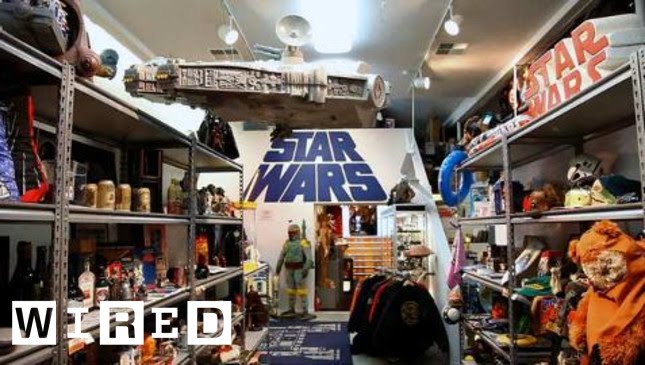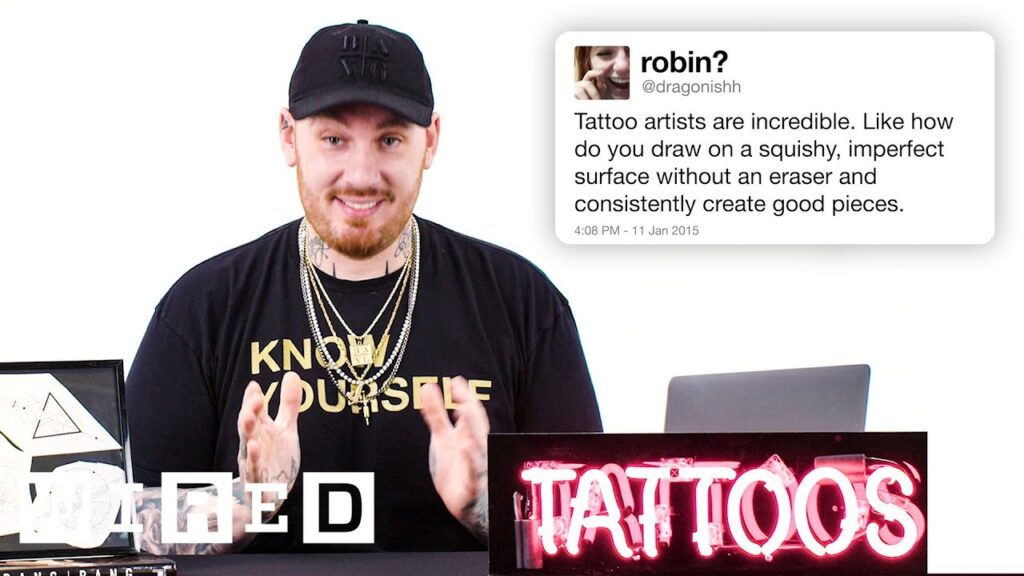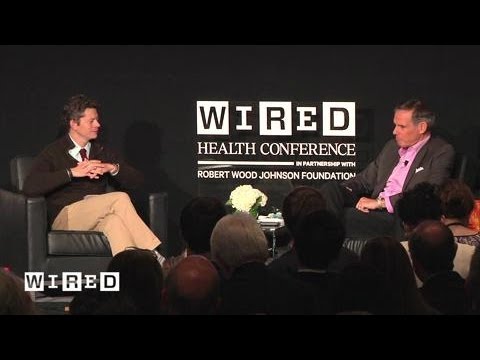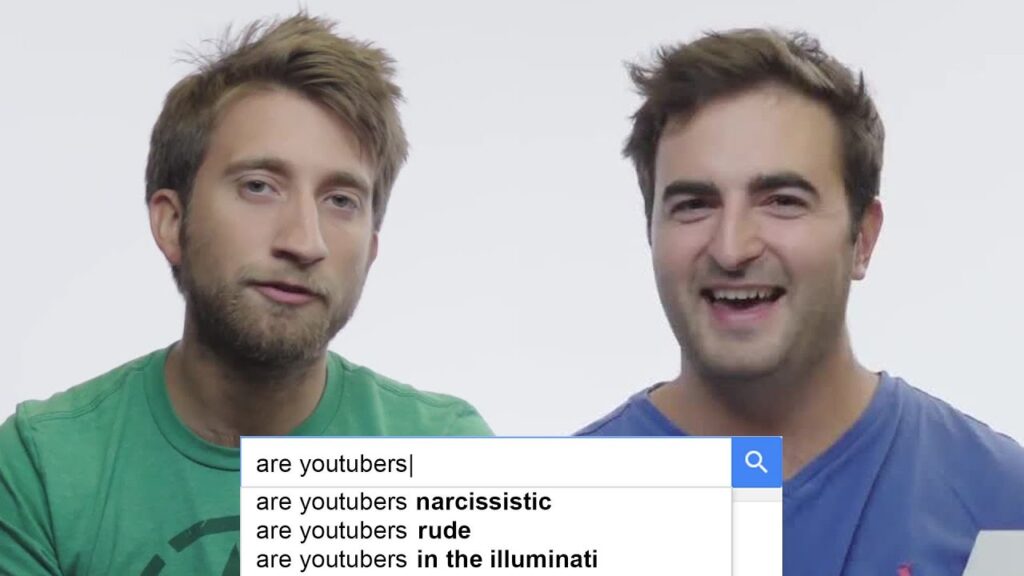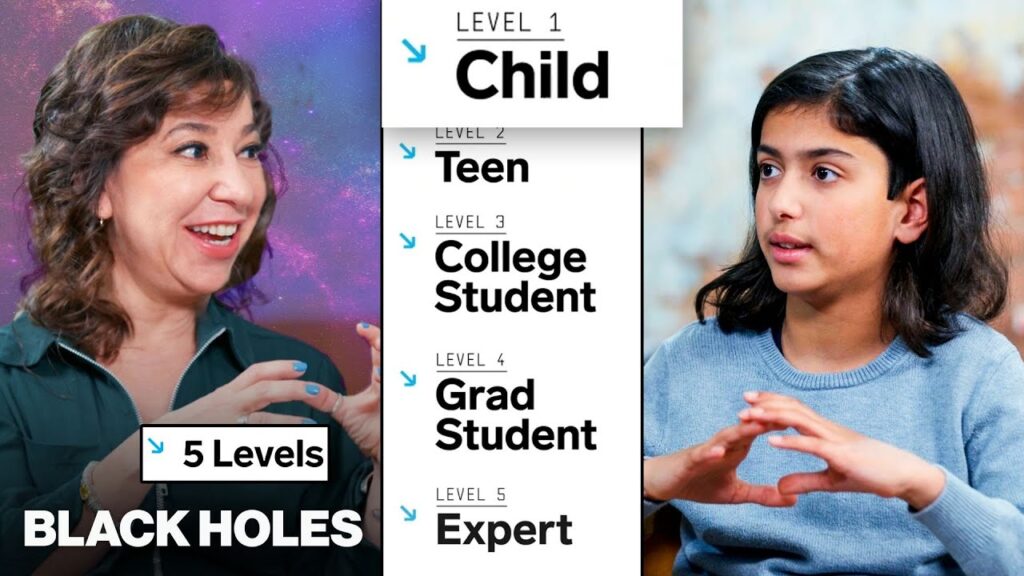Creating Believable Adolescent Dragons for Game of Thrones: A Visual Effects Breakdown
Summary
In this article, we explore how Pixo Mondo in Germany tackled the challenge of creating realistic flying adolescent dragons for Game of Thrones Season 5. With no real-life reference to work with, the team had to rely on digital simulations, water simulations, and a mix of eagle and bat movements to create a physically plausible dragon. The most challenging part was the animation, which had to balance hovering and wing flaps to keep the dragon looking both stable and believable. The final result was a fan favorite and a testament to the team’s ability to deliver feature film-quality visual effects within the constraints of episodic television.
Table of Contents
- Concept Designs for Adolescent Dragons
- The Challenge of Making Dragons Fly Believably
- The Complicated Animation Process
- Traditional Approaches to Solving the Problem
- Conclusion
Concept Designs for Adolescent Dragons
When tasked with creating adolescent dragons for Game of Thrones Season 5, Pixo Mondo in Germany set out to produce something that was not only cool but physically plausible. The team developed concept designs that accounted for the adolescent proportions of the dragon, who had actually grown since Season 4. The bigger challenge, however, was making them fly believably.
The Challenge of Making Dragons Fly Believably
With no real-life reference to work with, the team had to rely on digital wind tunnel simulations to work out the lift-to-wing ratios. They also studied a variety of reference materials and ended up with a mix of eagle and bat movements for the dragons. The eagle was used more for soaring and gliding motion, while the bat was used for takeoff. The team also had to account for the fact that the dragons were not yet fully grown, so they needed to have a young, energetic, and slightly awkward appearance.
The Complicated Animation Process
The most complicated part of creating the adolescent dragons was the animation process. The hovering mode was always tricky because it shouldn’t look too stable, but the team had to have wing flaps big enough to keep the body in position. Finding the right amount of speed and wing flap size was crucial to keeping the dragons believable.
Traditional Approaches to Solving the Problem
To fully solve the problem of creating believable adolescent dragons, the team had to get very accurate lighting and interesting interaction between the actors and the digital character. They used a staffy on set, with three staffies for all the dragons, to help the actors get an idea of how the dragon would look at the end. This was taken out of the frame, and the shot was done with a tennis ball on a stick to give the actors an eye line.
Conclusion
Creating believable adolescent dragons for Game of Thrones Season 5 was a challenging task for Pixo Mondo in Germany. With no real-life reference to work with, the team had to rely on digital simulations, water simulations, and a mix of eagle and bat movements to create a physically plausible dragon. The most challenging part was the animation, which had to balance hovering and wing flaps to keep the dragon looking both stable and believable. The final result was a fan favorite and a testament to the team’s ability to deliver feature film-quality visual effects within the constraints of episodic television.
